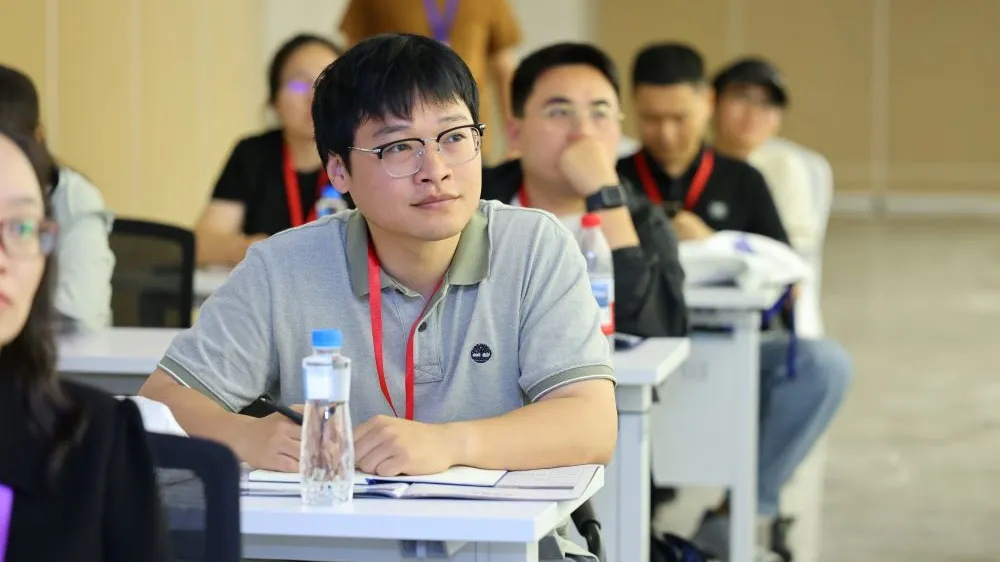
China Struggles to Change Its Traditional Exam Culture
China, one of the world’s oldest countries with a formal education tradition, faces heavy criticism over the Gaokao university entrance exam, which shapes the lives of millions of students.
In China, nine years of basic education are compulsory, with a completion rate of over 95%. At the secondary level, enrollment has reached 91%. In 2024, more than 13.4 million students took the Gaokao, which consists of three required subjects and three electives. However, the exam’s decisive role in shaping careers, its rote-learning emphasis, and the more than $120 billion spent annually on private tutoring have all intensified socioeconomic inequalities.
In response, the government has launched two major reforms. The first introduces a new exam model that, alongside the required subjects, allows students more flexible choices. The second, known as the “two bases + one reference” system, stipulates that university admissions will not rely solely on Gaokao but also take into account students’ performance throughout high school, along with evaluations of ethical, artistic, and physical development. Additionally, the State Council has unveiled a two-phased plan mandating at least two hours of physical activity per day and restricting private tutoring. The aim is to enhance creativity, reduce inequality, and strengthen student development. Yet experts warn that deeply rooted exam culture will not be easy to change in the short term.

